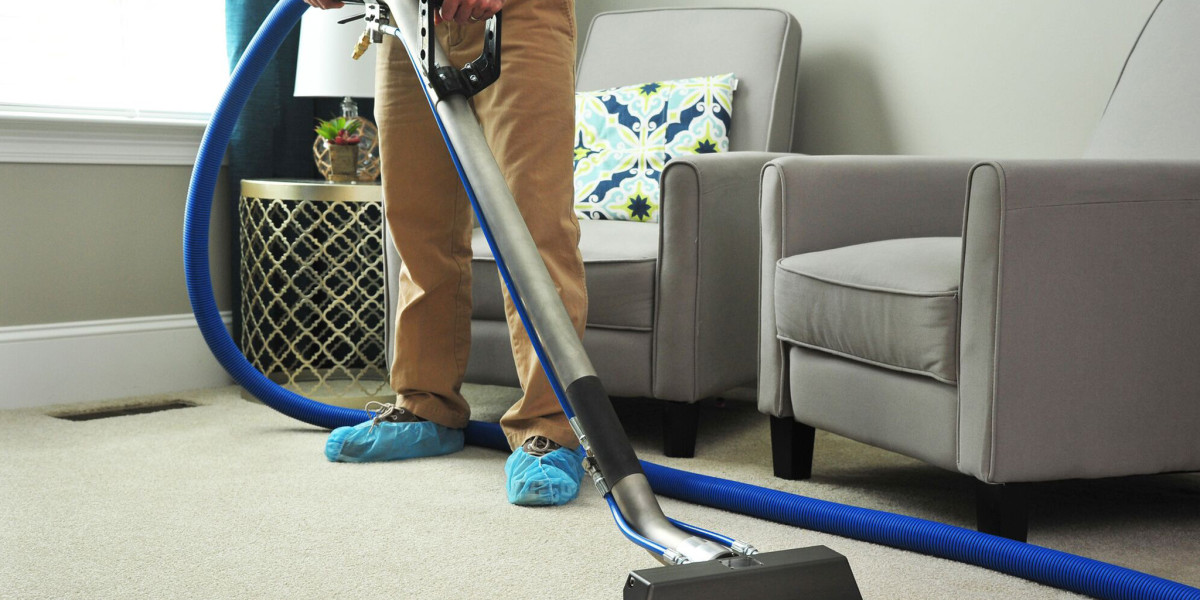Delays and mistakes in construction rarely come from a single source. They creep in — a missed door schedule, a late drawing revision, a material ordered for the wrong finish. The obvious response is more checking. The smarter response is better inputs. When a model is built to be measured and the cost team consumes that model directly, many of the usual slowdowns vanish. Using BIM Modeling Services together with clear Construction Estimating Services turns counting into a repeatable, auditable process. That change cuts errors, shortens timelines, and gives teams confidence.
Why model-first estimating avoids rework
Traditional estimating often begins with paper. Someone reads drawings, someone else re-checks dimensions, and then the market has to be asked for quotes. That sequence invites human error at each handoff. A model created with extraction in mind — families named cleanly, parameters populated, versions controlled — gives quantity teams a single, queryable source. Instead of reconstructing the design, the estimator verifies the output and focuses on judgment: local rates, productivity, and sequencing. The time saved here is not trivial. It’s the difference between a team chasing clarifications and a team negotiating suppliers.
When BIM Modeling Services deliver structured models, Construction Estimating Services can run consistent takeoffs and trust what they see. That trust short-circuits repeated checks and reduces last-minute surprises on site.
A repeatable handoff that prevents late surprises
You don’t need complex rules to make this work. You need a short, reliable loop everyone follows:
Agree Level of Detail (LOD) and mandatory tags at kickoff.
Attach a one-page naming guide to every model handover.
Run a pilot extract on one representative floor or zone.
Condition the export, map families to cost codes, and apply dated rates.
Validate a small sample visually, then lock the procurement baseline.
The pilot extract is critical. It exposes missing tags and misnamed families while corrections are cheap. Do that once and you avoid hours of cleanup later.
Small checks that prevent big problems
Most on-site headaches come from repetitive small failures. Missed repeats, inconsistent units, and ambiguous items — these are the quiet killers of time and profit. Fix them with light controls.
Require material, unit, and finish parameters on any extractable family.
Keep a dated price library and log where each rate came from.
Use versioned snapshots so everyone references the same model.
Spot-check doors, windows, and sanitary items before the full takeoff.
These measures are low effort. They turn the model into a usable dataset and let Construction Estimating Services focus on what machines cannot do: judgment and supplier strategy.
Faster scenario testing, fewer late decisions
One of the practical payoffs is speed when testing alternatives. Swap a façade, change a floor finish, or try a different framing option. Update the model, re-extract, reprice. What used to take days often turns into hours.
When BIM Modeling Services provide clean, versioned exports and Construction Estimating Services keep living mapping tables, teams can present owners with multiple priced scenarios. Decisions become informed rather than reactive. That shift saves time on both the tender and the job, because choices are made earlier and implemented cleanly.
Mapping the model to commercial reality
A model’s family names and technical tags rarely match a contractor’s cost codes straight away. The missing step is mapping: convert model family/type → WBS/cost code → procurement unit. Maintain a living mapping table and run a light conditioning pass before import. This short step prevents most of the data-cleaning work that stalls tenders.
When the mapping is stable, imports into estimating software run smoothly. That means fewer manual edits, fewer mistakes, and a quicker route from design update to priced outcome.
Where delays still pop up — and how to stop them
Even with good models, human and site factors remain. A narrow city access, a local festival, or a supplier delay can still cause trouble. The difference is that you can now identify risk earlier and manage it. Use the model to flag long-lead items and then treat those items as a project within the project: early procurement, staged deliveries, or alternative suppliers.
A short assumptions log attached to each estimate helps too. Note the productivity factors, access constraints, and any provisional items. When everyone sees the same assumptions, clarifications are faster and disputes are rare.
Traceability: the quiet time-saver
Traceability is underrated. When a priced line ties back to a model object and a dated rate, questions about scope become technical checks instead of drawn-out arguments. Keep the export snapshot, the mapping table, and the rate source together. That evidence streamlines approvals and accelerates change management.
Good BIM Modeling Services provide version control. Good Construction Estimating Services archive provenance. Together, they build a record that reduces time wasted on finger-pointing.
People still matter — and their time is more valuable now
Models reduce repetitive work, but they don’t replace judgment. Estimators add value through local knowledge: labor productivity, supply chain realities, sequencing, and temporary works planning. By removing low-value counting tasks, the model allows people to spend their time where it matters: negotiating, value engineering, and planning logistics.
Let experienced staff focus on decisions rather than data cleanup. That change improves both speed and the quality of outcomes.
Getting started without disruption
Begin with a pilot: choose a typical floor or a repeatable trade. Publish a one-page tagging guide. Run the pilot extract, compare it with a manual takeoff, fix gaps, and update the mapping table. Repeat. Small, repeatable wins build trust and generate templates that scale without wrecking live tenders.
Conclusion
Cutting delays and errors isn’t a matter of more checks. It’s about cleaner inputs and smarter handoffs. When BIM Modeling Services produce structured, versioned models and Construction Estimating Services consume those models directly, takeoffs become reliable, scenario testing gets fast, and procurement aligns with the schedule. The payoff is practical: fewer on-site surprises, shorter tender cycles, and teams that spend their time solving problems that actually need people.









